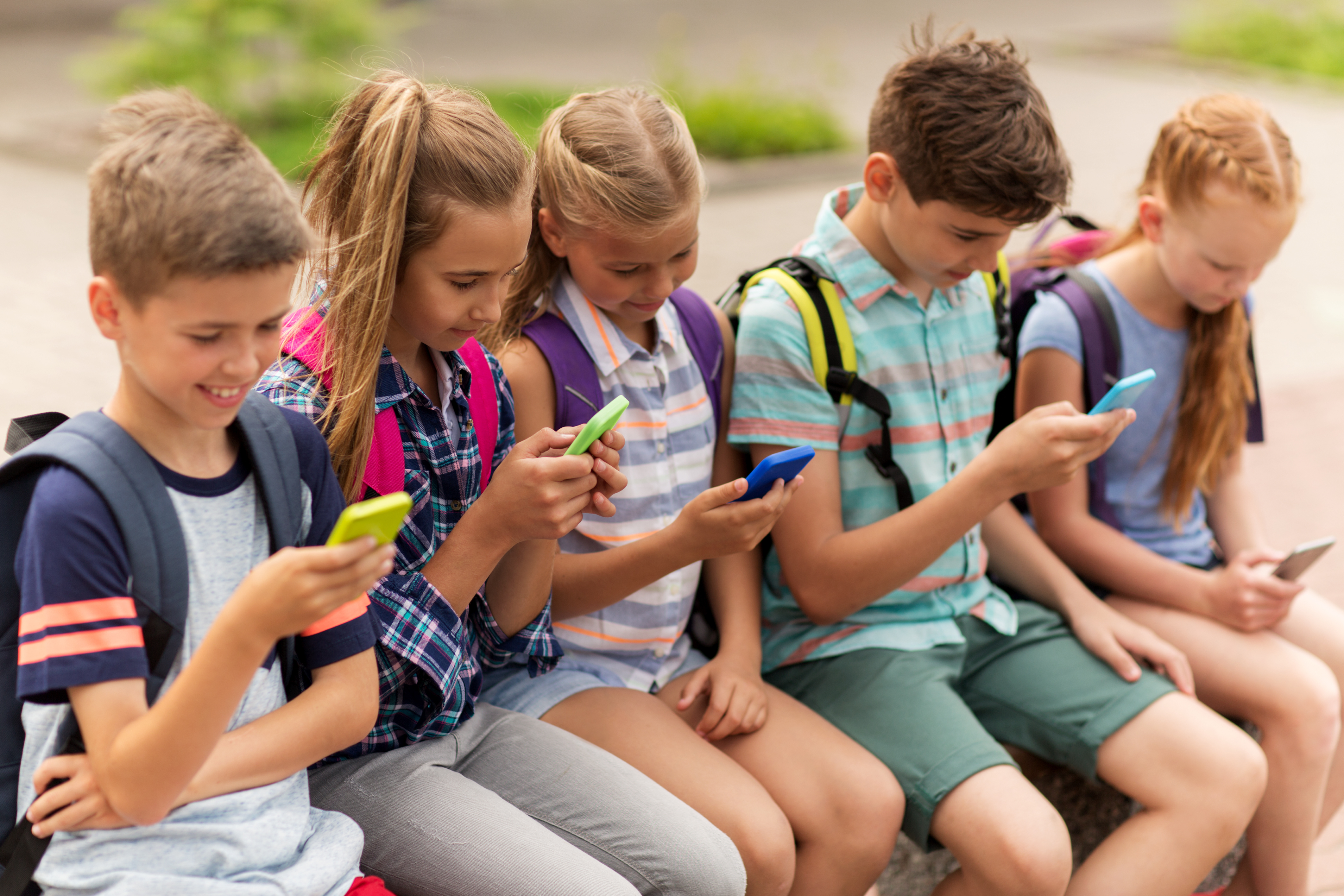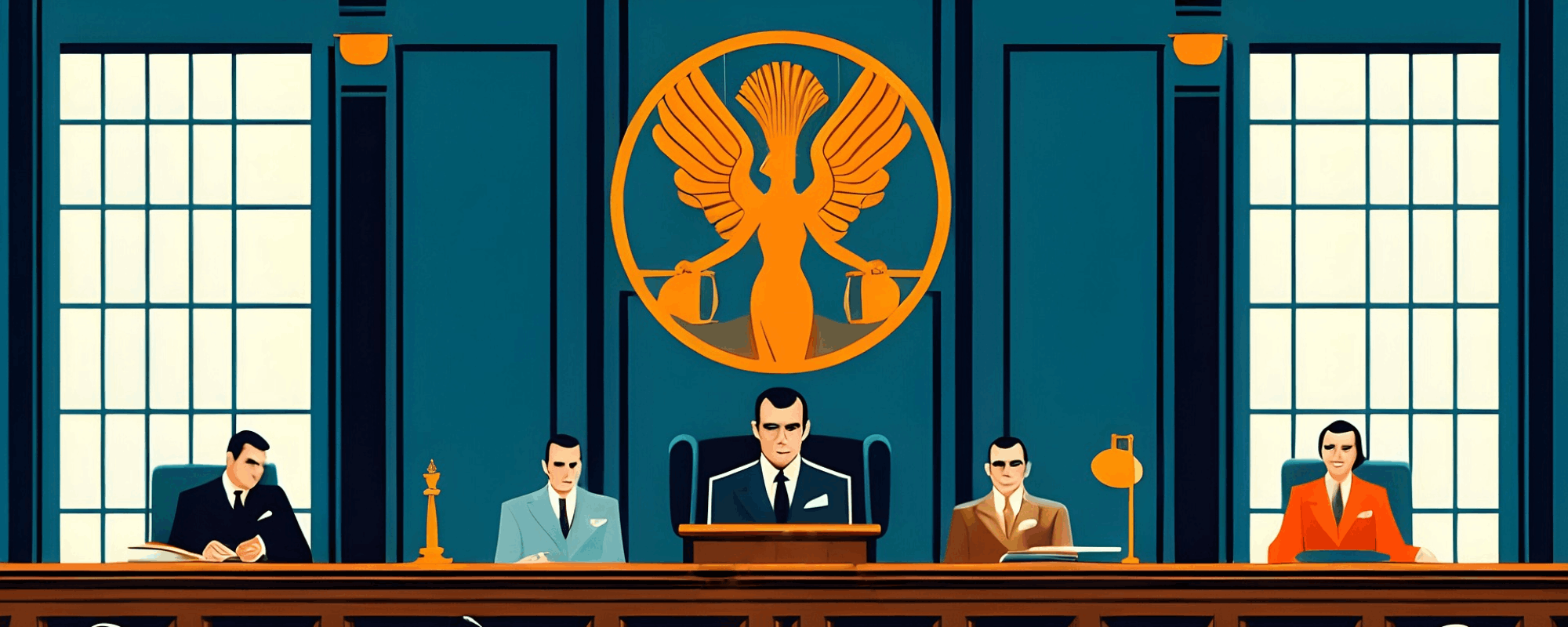Every waking moment the majority of us are connected to some sort of technology, so why not use this portable fount of knowledge to continue learning outside the classroom? Becky Catrin Jones speaks to Dr Philip Bonanno and Pen Lister to find out how they are using smartphones and augmented reality to bring lessons to life.
Picture the scene. A class of history students are on a school trip in the heart of Valletta. The teacher stands in front of the parliament, and begins the lesson by… asking them to pull out their phones and point them towards the building to unlock the next video in the educational trail.
A group of teenagers absorbed in their smartphones? Not the most obvious learning environment, but perhaps not as ridiculous as it sounds.

Using digital technology to expand our knowledge, otherwise known as mobile learning, is by no means a new concept. With the increasing specification and power of our smartphones, we can ‘Google’ any question and find answers within seconds. Smart learning builds on this concept, allowing users to learn about a particular location or building while standing right beside it. The use of technology in the classroom is not new either and has been growing exponentially in recent years. More and more lessons are based on learning through play with games and explorations on gadgets like tablets and smartphones. When technology is so portable, surely it makes sense to continue this use of digital learning when the lesson is over?
Dr Philip Bonanno (Faculty of Education, University of Malta [UM]) first caught on to this idea through a European Cooperation in Science and Technology project named CyberParks, which sparked public and academic interest in the huge potential of digital media to transform the way people move and learn in urban spaces. Particularly interesting to people was digital media’s accessibility now that the vast majority of us walk around with mini computers in our pockets.
‘My doctorate is in both psychology and technology, so it was interesting to combine these disciplines working with CyberParks,’ says Bonanno about the experience. ‘We realised that this ease of access to the technology and huge public interest could easily be directed towards other uses. Members of the public could use this to find extra information about their surroundings, look up points of interest, and share the things they found most intriguing about the area.’

Teachers began approaching him following this project, asking for new ways to use technology outside the classroom. Working with Pen Lister, a current doctoral candidate, Dr Bonanno combined these ideas and started developing specific learning activities to be carried out on site using digital technologies, allowing education to flow seamlessly from the classroom, to the outside world, and back again.
‘The ideas behind our smart learning approach are that of enhancing a physical or situational experience by using digital technology. This is made possible through a fusion of networking, collaboration, exploration, and investigation,’ explains Bonanno. Smart learning activities can be developed in any discipline using a combination of Augmented Reality (AR) apps and other online resources that link with a smartphone. These are pulled together to provide content which can be triggered by the user through their phone camera, unlocking text, music, videos, images or links to other sources of information to learn more about the object or area in question.
AR enhances the user’s experience at a particular location with its ability to bring an area to life, for example, seeing beneath the surface of a painting, or looking back in time at a complete version of a now decayed building. Interaction is also a key feature. Users can add their own feedback to the material, describing their experience at the location. How did it make them feel? Did they see things differently? What did they hear or smell in that environment which made the experience more intense? This use of AR does more than just simulate the experience, it immerses the learner in a hybrid environment, encouraging exploration, experimentation, and conversation.
This is known as a learning journey—a collection of content triggered by external cues that can provide a more in-depth learning experience than exploring alone. A prototype learning journey depicting the Great Siege on Senglea point in 1565 was one of the first created at the UM. Standing in Upper Barrakka Gardens, the learner can direct their smartphone camera towards Senglea Point to see images of the attack by the Turks, and compare them with how the site appears today. High-resolution images of models of the attack were collated, resulting in a 3D image which is projected onto the Point through the camera. Combined with stories, films and other resources, the user can travel through 500 years of history and see what the siege might have looked like at as it was happening. All you have to do, of course, is ignore the present-day hustle and bustle of boats, cars, and tourists!
One potential challenge of this approach is connectivity, or rather the lack of it. However, with the increasing accessibility of Wi-Fi, 4G data, and other browsing data points, this hurdle will soon be overcome. Another consideration besides augmentations activated by trigger images is using other less versatile modes of connection such as GPS or beacons, small gadgets which can be physically placed in a location and send out Bluetooth signals.
The beauty of this type of learning is that it can be applied to almost any target audience and subject. A historical walking tour for tourists to Valletta, for example, or an insight into democracy and politics, with a learning journey down Republic Street. ‘A current collaboration between our team and the curator of Argotti Gardens is exploring how this technology can be used to enhance the learning experience of botany students in the gardens,’ says Bonanno. Smart learning designers, botany experts, and the students themselves are working together to create the learning journey, which will involve a mix of prescribed original content together with increasing user-generated content. This is then linked to an online sharing facility, where students can refer to information from their peers and gain a greater understanding of changes throughout the year.
“When technology is so portable, surely it makes sense to continue this use of digital learning when the lesson is over?”
Of course, these learning journeys do not appear overnight and are certainly not the work of a single entity. Significant resources need to be invested by educators to understand how to write and create the content. Evaluation is continuous throughout the process to ensure that these experiences are user-friendly, and Pen Lister is currently conducting interviews with users of the developed learning journeys as part of a wider evaluation process.
Perhaps most important, however, is the collaboration between teams of developers and other university departments, to really harness the huge potential of smart learning. Particularly, the team is interested in allowing students themselves to develop their own stories based on their strengths and skills. A guided outdoor workout in Ta’ Qali coordinated by a sports student maybe? Or perhaps an animation about recycling and waste disposal by an environmental sciences student?
‘By handing the reins to the students, we empower them to create their own learning journeys, improving their understanding of their subject whilst also making it accessible for others with no background in the field,’ says Bonanno.
So don’t ban smartphones in the corridors or write off fusion between art-history and digital technology just yet. We’re in the midst of a digital revolution, and we invite you to join us in creating the next seamless learning environment to inspire curiosity in a whole new audience.





Comments are closed for this article!